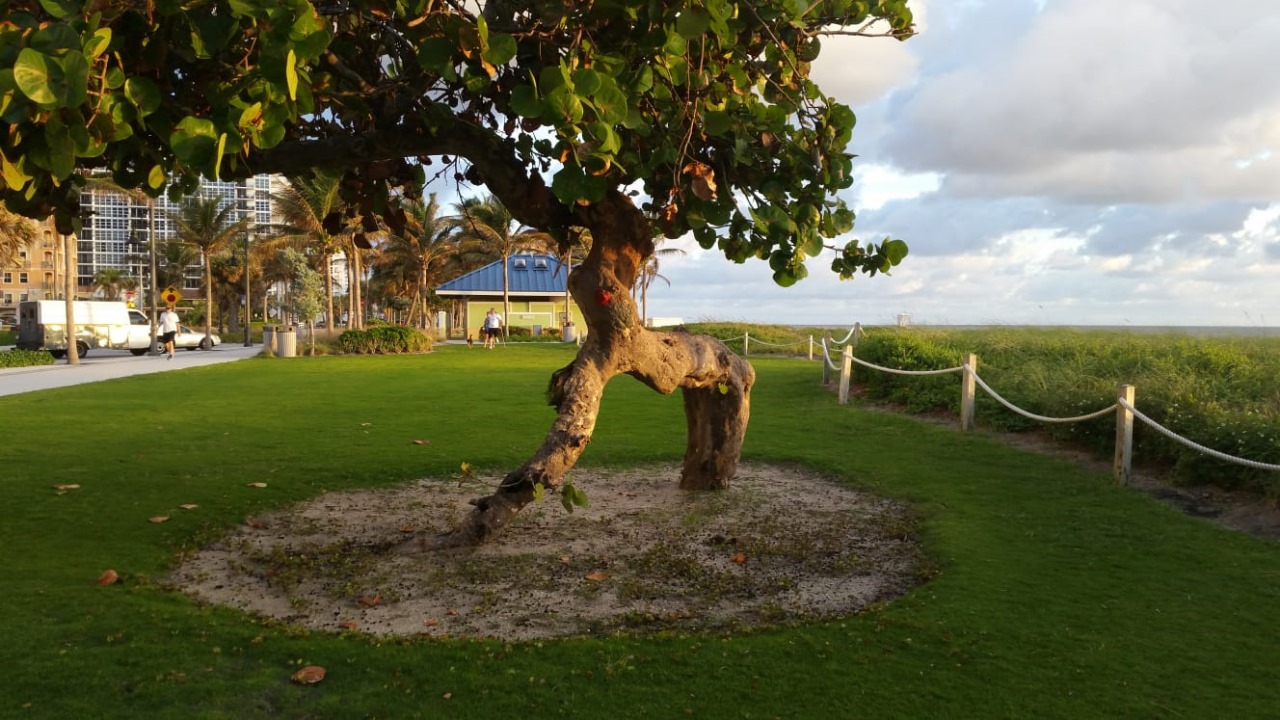Ivalyou Way - Living Like the Sky

The inner leap, of living as the Sky, is extremely simple, but difficult, both at the same time. To include all within the cognition of one’s own self and to see oneself reflected in every being needs constant awareness and conscious practice. A firm understanding and rootedness in the consciousness of the self are necessary. Ability to live moderately in the world, knowing how much of anything is enough, without feeling deprived or engorged, is necessary. The Buddha called it the Middle Path, majjhimā patipadā, which He taught in His first discourse also known as the Turning the Wheel of Dharma, dhamma-cakka-pavattana sutta.
This path of moderation is referred to as yukta-āhāra-vihārasya by the Gītā (6.17), teaching moderation in eating (all forms of consumption) and entertainment (all forms of indulgence and enjoyment), moderation in all one’s action (personal and professional), and moderation in sleeping and waking. Sage Patañjali described an eight-limbed (or an eight-lane) path to such an inner union called the Aṣṭāṅga-rāja-yoga (Yogasūtra 2.29-32). Rāja-yoga or the Royal Path is not called ‘royal’ because only a chosen few can journey on it. It is called so because it is a highway for all to travel, including the non-believers in God, believers in any form of God or the formless God, or of any religion or practice, believers in the nothing, the science-inclined, critics, cynics, mystics and the much amused can all try and verify the feel and efficacy of this path, which primarily is based upon being human. One may study more about this from books or explore online (www.swamij.com). It is highly recommended in order to gain a deeper insight. These eight limbs are not to be followed one after another like a ladder, but have to be adopted in totality together, as part of one’s practice.
Abhyāsa and vairāgya or unbroken practice over a very long time and disengagement of one’s mind from the ever changing drama of life (in order to focus on one’s inner journey) has been given as the two wings or the two oars needed for the journey (The Gītā 6.35, Yogasūtra 1.13,15). A pleasant and serene mind or citta-prasādanam is one of the first major milestones on this inner journey of becoming to be (Yogasūtra 1.33).
The context to accomplishing one’s journey is given as:
Janma-auṣadhi-maṅtra-tapaḥ-samādhijaḥ siddhayaḥ
Accomplishment on the spiritual journey
may be achieved through birth (residual karma from past),
herbal formulations, maṅtra repetitions,
intense practices, and deep meditation
o (Yogasūtra 4.1)
Brief outline and benefits of the Path (Yogasūtra 2.29-32, 35-55, 3.1-56)
First Limb: Yama, meaning restraint is meant to harness our senses to the mind and the mind to our intellect, resting the total control of life in one’s hands. These are five in numbers and also constitute the mahā-vrata, or inviolable under any circumstance by any one of any age or spiritual stature. These are as follows:
Ahiṃsā, or non-harm/hurt/violence to any being through any form — thought, speech, or action: In the presence of a person who is firmly established in ahiṃsā, other beings cease to feel enmity of any kind. There is an aura of peace, joy and tranquillity around such a person.
Satya, or truth and integrity: A person steadfast in Satya, can obtain the fruits of good deeds for others and himself, without actually performing the deeds (given as the Law of Least Effort).
Āsteya, or non-stealing/ coveted-ness/ greed: A person steadfast in āsteya, attracts all forms of wealth towards himself or herself.
Brahma-carya, or being in unitary consciousness: A person steadfast in the practice of brahma-carya, living the Universal Consciousness, acquires spiritual and vital energy.
Aparigraha, non-possessiveness/ avarice/ appropriation: A person steadfast in aprigraha, gains knowledge of his/ her past, present and future lifetimes.
Second limb: Niyama, meaning a personal code of conduct on the Path is a guideline to follow which assists in preparation for the other limbs of the Path.
Śauca, or purity at all levels – physical, mental, emotional and spiritual: Śauca, or the purity and cleanliness of the body, leads to indifference towards the body and mere sexual intimacy (as the awareness is awakened to the gross physicality of the body). The heart is purified, the mind becomes cheerful, the power of concentration is enhanced, passions are controlled and fitness for the vision of the Self is obtained. It is rightly said that cleanliness is next (only!) to Godliness.
Santoṣa, or contentment: Santoṣa leads to gaining the best of joy and happiness.
Tapas, or intense practices/ ascesis/ concentrated efforts towards self-upliftment: Tapas removes impurities and enables special powers and accomplishments to dwell in the body and the sense organs.
Svādhāya, or the study of the self / self-study of scriptures/ mental repetition of maṅtra called Japa: Svādhyāya leads to the vision of that aspect of the Divine which one has chosen to worship as one’s personal God-form (iśta-devatā, like Śiva, Viṣṇu, Hanumāna, Durgā, Kālī, Gaṇeśa, Jesus, Nānaka, Buddha, Mahāvīra, etc).
Īśvara-praṇidhāna, or surrender unto God/ unbroken awareness of the Presence of the Supreme Being: Īśvara- praṇidhāna leads to Samādhi, or absorption in the Universal Self.
Third limb: A̅sana, or postures of the body popularly known as yoga, or Haṭha-yoga. This leads to several physical benefits as well as clearing of the subtle pathways of energy within oneself leading to stability in practice and sustainability of progress on the Path.
Fourth limb:Prāṇāyāma or lengthening of the life-force in the breath through practices leads to a serene and tranquil mind that does not come in the way of the ascension of the Kuṇḍalinī. It promotes a sense of disengaged Seer-ship, which is fundamental to any inner journey or any meditation practice. Through the practice of Prāṇāyāma, the veil covering the Inner Light is removed.
Fifth limb: Pratyāhāra, or withdrawal of the senses from their respective objects: Pratyāhāra leads the mind to turn the gaze inwards.
Sixth limb: Dhāraṇā, or concentration: Dhāraṇā enables in holding the mind within the space that the body occupies, within the cakra or vortices of energy, or within any external locus of attention like a statue of one’s Personal God-form, a lamp flame (trāṭaka-gaze), the sky, the Sun or the Moon. (3.1). This is the first stage of moving the mind into meditation.
Seventh limb: Dhyāna, or meditation: Dhyāna or Meditation is the unbroken flow of thoughts towards the object of Concentration (like the smooth and unbroken flow of oil from a beaker into a bowl). The mind becomes one-pointed when similar thought waves arise in succession without any gaps between them (3.2, 12).
Eighth limb: Samādhi, or total absorption: Samādhi is the total absorption in the true nature of the object of meditation, without the distortion of perception of the mind. Samādhi just happens, it cannot be manifested. Absorption in the pure Being-ness is the fruition and ripening of the previous limbs and practices sincerely done. Dhāraṇā (Concentration), Dhyāna (Contemplation) and Samādhi (Culmination) are together called saṃyama. It leads to the light of knowledge. They must be practised very gradually. These three together are a more direct aid to experience the Truth than the five previous limbs. (3.3-5)
Dr. Pawan Kumar Mishra


